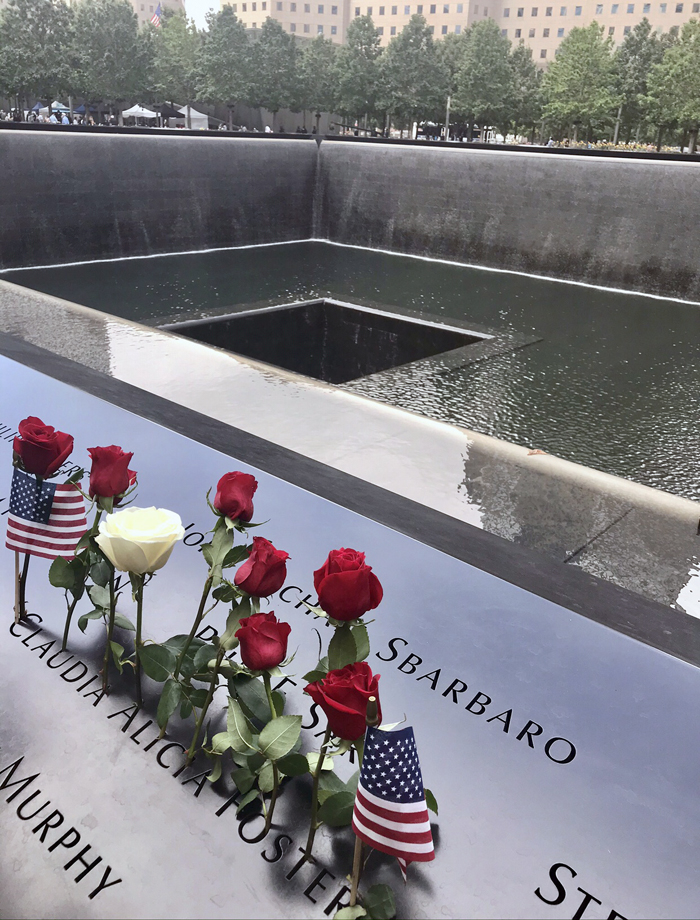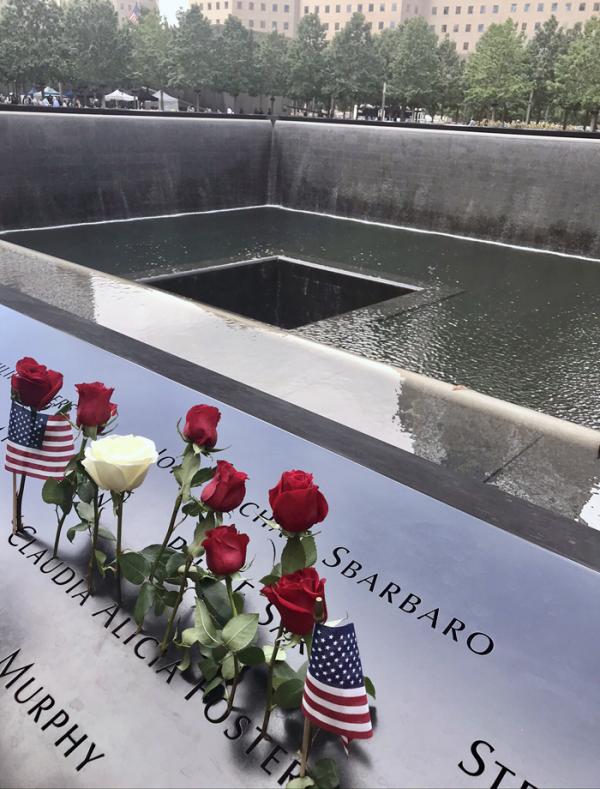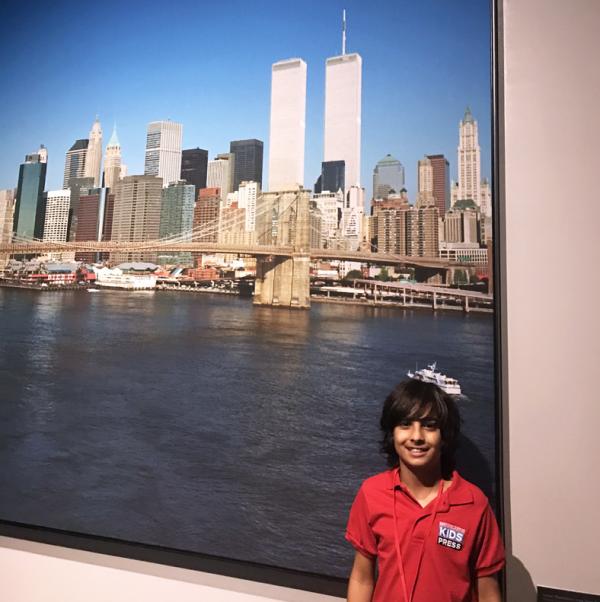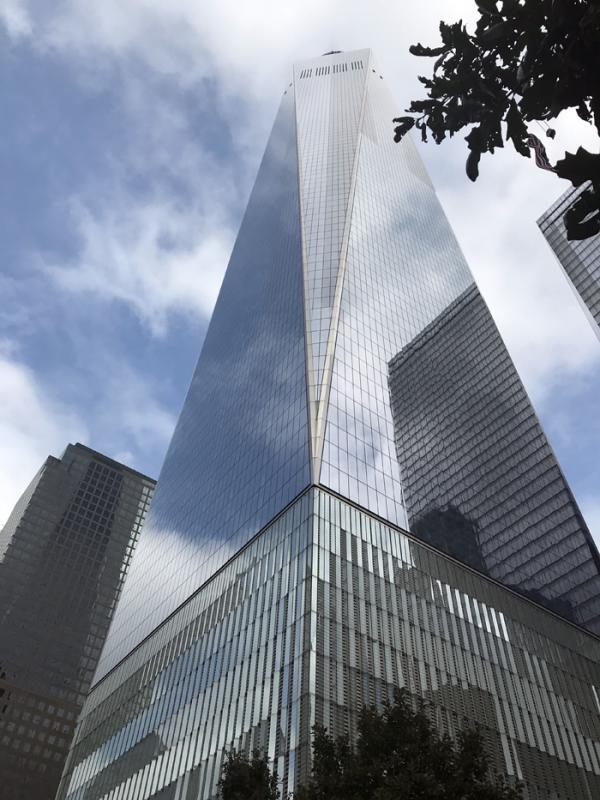KID REPORTERS’ NOTEBOOK
Reflecting on the 9/11 Attacks


Each year, families gather at the 9/11 Memorial in New York City to remember loved ones killed in the September 11, 2001, attacks.
On the morning of September 11, 2001, four planes were hijacked by 19 terrorists. The terrorists’ objective was to target important buildings in the United States and fly airplanes into them. Two planes were flown into the Twin Towers at the World Trade Center, and a third into the Pentagon, the U.S. military headquarters located in Arlington, Virginia.
A later report found that the intended target of the fourth hijacked plane was the Capitol building in Washington, D.C., where Congress works. After passengers on that flight learned about the ongoing attacks, however, they attempted to retake the plane. This resulted in the terrorists crashing it into an empty field near Shanksville, Pennsylvania.
To learn more and reflect on the tragic events of that day, known as 9/11, I spoke with Jennifer Lagasse, the assistant director of education programs at the 9/11 Memorial & Museum in New York City. The museum is located on the site of the World Trade Center attacks, where nearly 3,000 people from countries around the world were killed. Exhibits use first-person accounts, videos, posters, artwork, and items found at the Trade Center to educate visitors about the attacks.
Below are highlights from my interview with Lagasse, which has been lightly edited for clarity and length.

Siroos stands in front of a photograph taken of the Twin Towers in 2000. It is one of many images at the 9/11 Museum that helps to tell the story of the attacks.
Since 2001, what have people around the world done to honor the heroes and victims of 9/11? What can people like me and my family do, even 20 years later?
We have a registry on our website where we keep track of 9/11 memorials. There are memorials spread out across the world. Communities across the world have chosen, in ways both big and small, to remember and honor the events of 9/11. For example, in Hiroshima, there is an origami crane made out of World Trade Center steel that stands at that memorial as a way to honor the events of 9/11. One thing that you can do and people your age are doing is you’re reading about the events of 9/11. You are talking about it, and you are interested in learning the stories, and that’s great.
What insights do first-person accounts give us that we might not get in history books?
I think hearing someone’s experiences from their own mouth gives you the chance to put yourself in their shoes. It allows you to really imagine a little bit of what it was like to be them. I also think what is cool about first-person narratives for 9/11 is that there are no two stories that are alike. It can be really easy to read about a historical event and just think, “OK, that’s the story.” But when you listen to first-person accounts, you realize that every single person had a different experience that day. And hearing history, whether it happened 20 years ago, like 9/11, or 200 years ago, in someone’s voice helps you remember that everyone in a history textbook is just a person, like you and me.

New York City’s One World Trade Center, which was built after the 9/11 attacks, is the site of the 9/11 Memorial & Museum.
Is the 9/11 Memorial & Museum commemorating the 20th anniversary of the attacks in any special way?
On the anniversary, family members will read the names of the victims. This is exciting because it is now safe to have this event. Our education team will spend all day chatting with students. Schools can take part in a webinar where they listen to survivors and first responders.
What do you hope visitors gain and think about as they leave the museum and go about their everyday life?
September 11 is so difficult, and it’s tragic, and it is a day of enormous loss. But something I have heard said a lot at the museum is, “You can’t control what happens, but you can control how you respond.” And something that is really wonderful about 9/11 is the amazing way that so many people chose to respond. They saw something terrible happen, and they ran towards the dangers to help others. They looked to their neighbors to see how they could support them. As much as it is a tragedy, I hope that visitors will carry with them the amazing things that people did to support their communities after the attacks.
